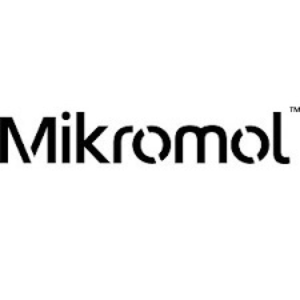Mikromol
product range of more than 5,000 pharmaceutical API, impurity and excipient reference standards

Catalog
Flyer
product range of more than 5,000 pharmaceutical API, impurity and excipient reference standards

Versuchen eine andere E-Mail-Adresse oder Passwort zurücksetzen
Wir werden uns bei Ihnen melden und Ihnen weitere Anweisungen für Ihr neues Konto zusenden.
Bitte überprüfen Sie Ihre E-Mail für weitere Anweisungen.
Wenn Sie unsere E-Mail in Ihrem Posteingang nicht sehen, bitte überprüfen Sie auch Ihren Spam-Ordner.
Im Fall, dass Sie keine E-Mail erhalten haben, stellen Sie sicher, dass Ihre E-Mail-Adresse ein Mitglied von unserem Shop ist und überprüfen Sie, ob Ihre E-Mail korrekt eingegeben wurde.
Please enter a molecular formula (case-sensitive: Co = Cobalt, CO = Carbon monoxide) and press "calculate" to get the total molar mass.
Enter the name or symbol of an atom to get detailed information about it.
| Name | |
| Ordnungszahl | |
| Konv. Atomgewicht | |
| Std. Atomgewicht | |
| Erste Ionisierungsenergie | |
| Elektronegativität (Pauling) |
The relation between PPM (Parts per Million) and mg/L is dependent on the solute density. Enter the ppm and the solute desity values to find the mg/L ratio.
If you already know the mg/L ratio of your solution, you can also use this PPM to mg/L converter to calculate the molarity This parameter describes the number of moles in a liter of the solution and is expressed in molars (1 M = mol/L).